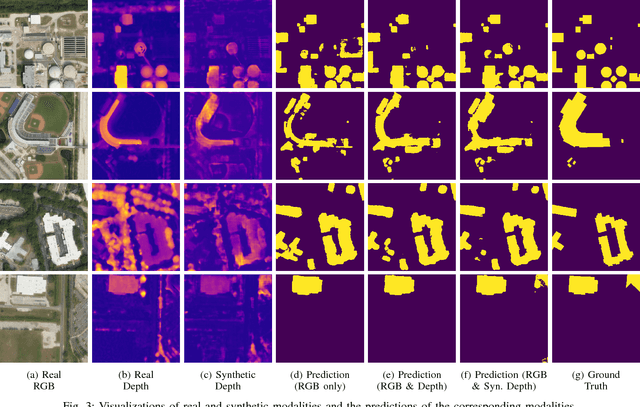Overcoming Missing and Incomplete Modalities with Generative Adversarial Networks for Building Footprint Segmentation
Paper and Code
Aug 09, 2018



The integration of information acquired with different modalities, spatial resolution and spectral bands has shown to improve predictive accuracies. Data fusion is therefore one of the key challenges in remote sensing. Most prior work focusing on multi-modal fusion, assumes that modalities are always available during inference. This assumption limits the applications of multi-modal models since in practice the data collection process is likely to generate data with missing, incomplete or corrupted modalities. In this paper, we show that Generative Adversarial Networks can be effectively used to overcome the problems that arise when modalities are missing or incomplete. Focusing on semantic segmentation of building footprints with missing modalities, our approach achieves an improvement of about 2% on the Intersection over Union (IoU) against the same network that relies only on the available modality.
 Add to Chrome
Add to Chrome Add to Firefox
Add to Firefox Add to Edge
Add to Edge